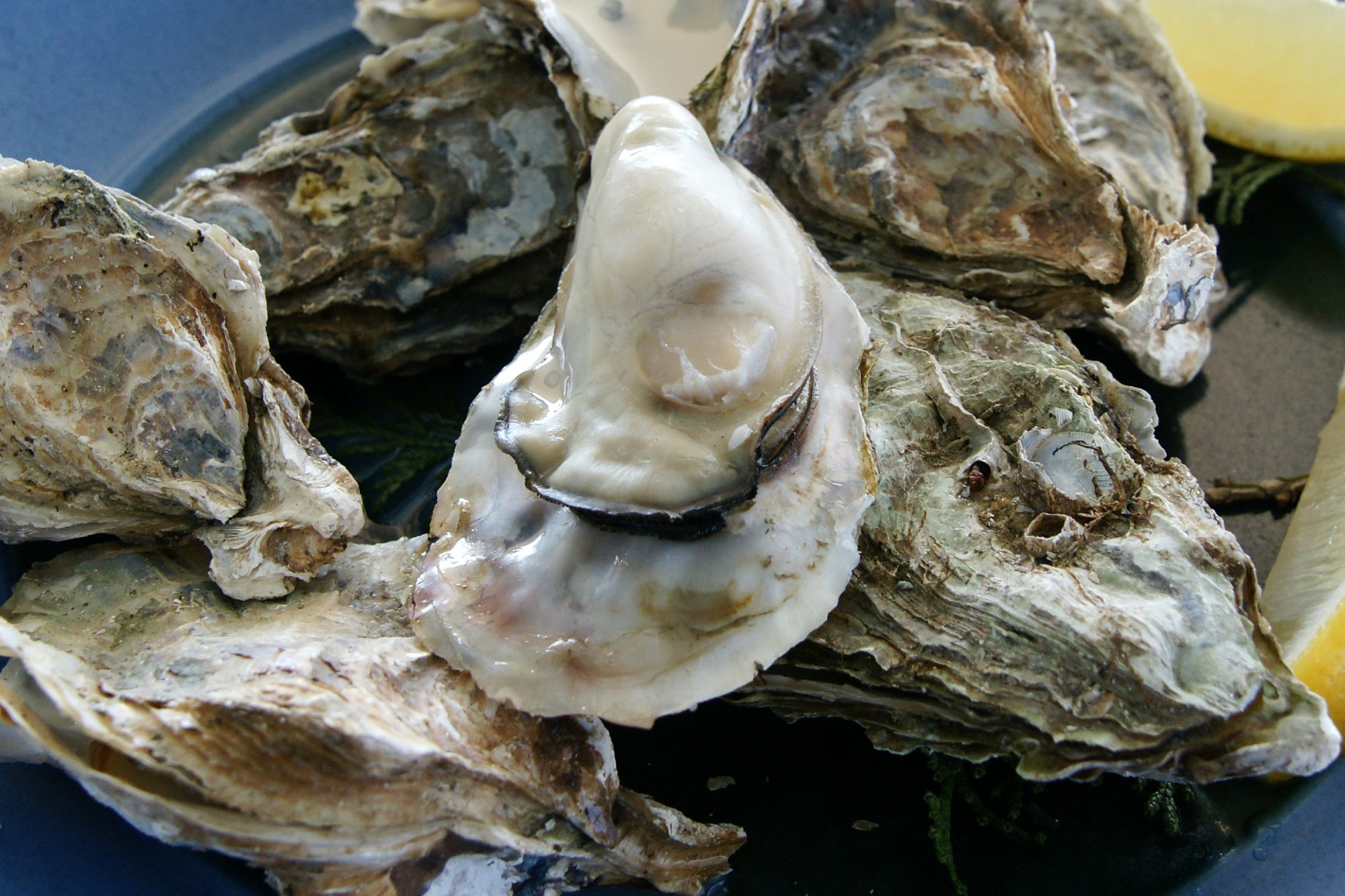Everyone waxes poetic about the glories of family farms, sustainable agriculture, locally grown produce, blah, blah blah. While I am happy for the residents of Manhattan who can afford the $5 peaches at the Union Square Market, I am curious how the less well off among them will be able to eat a healthy diet purchased from hip farm stands and organic pig growers. The fact is that most people can’t afford to eat the kind of stuff that Alice Waters pontificates about at every opportunity. Luckily, capitalism has created an incredibly efficient food distribution system that gets us our food very quickly and cheaply. Some of it is very good, and some of it? Not so good. Like tomatoes.
When I was working in Northern California I had a colleague who had just been moved to the Bay Area from Bakersfield, in the heart of the Central Valley of California. He and his dad grew tomatoes in the hot, dry weather that they have for oh, 360 days each year. One weekend he went back home and on Monday presented me with about 2 pounds of home grown grape tomatoes and a few beefsteak* tomatoes. I remember thinking that it was a very nice gesture and stuck the bag in my desk, thinking no more about them. When I got home I fired up the grill and made a vinaigrette for the tomatoes. I thought I would nibble on a few tomatoes until the coals were ready for the real event of the evening; a big steak. I never got to the steak. I never even cooked the steak. I ate an entire bag of grape tomatoes, certainly the best tomatoes I had ever eaten, and maybe one of the best foods! I used the vinaigrette for the first couple but didn’t bother after I had tasted these incredibly sweet, flavorful little bursts of delight. The beefsteaks were just as good for lunch the next day. I picked up a fresh baguette in the morning and sliced the tomatoes onto the bread for amazing sandwiches.
Why can’t I get tomatoes of similar quality at my local supermarket? Lots of reasons, but mostly the vagaries of modern transportation and farming practices, and the fact that tomatoes are fragile, and the good ones don’t lend themselves to bouncing around in a refrigerated trailer for 60 hours. I am lucky because I have access to farm stands and locally grown stuff during the summer, but I still can’t get anything like what my friend Jim gave me.
Whatever your feelings about corporate farming and, for that matter, capitalism; some fresh fruits and vegetables just can’t be produced for mass consumption without a huge drop-off in quality. And, unfortunately, tomatoes seem to be to best example of this flaw.
*Jim just e-mailed me to tell me that they were not beefsteak (he says they suck!), but Better Boy. According to him they are the best there is! And a short growing season to boot.
